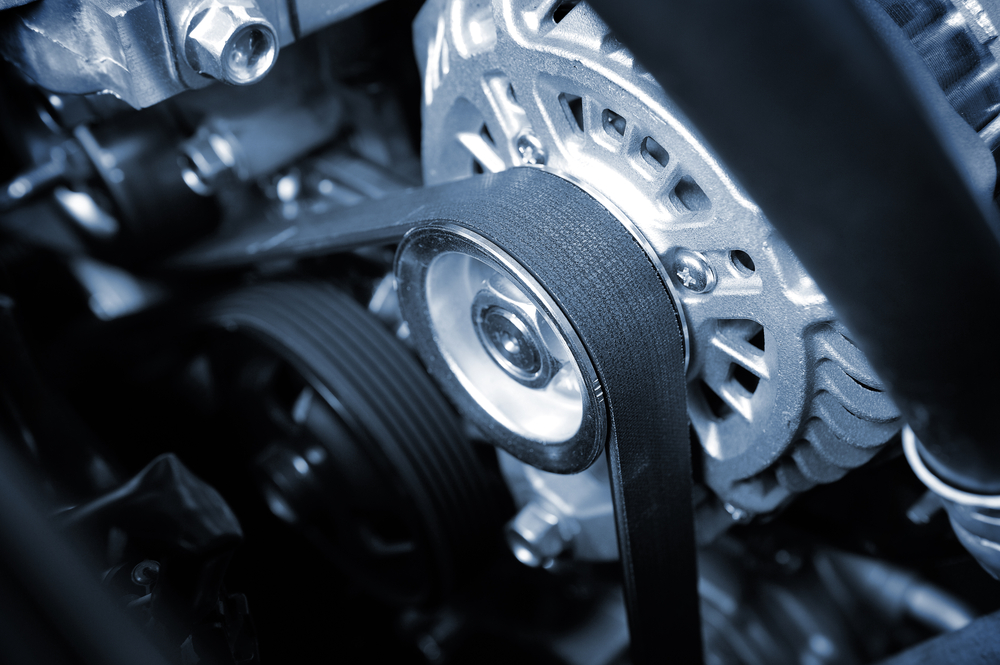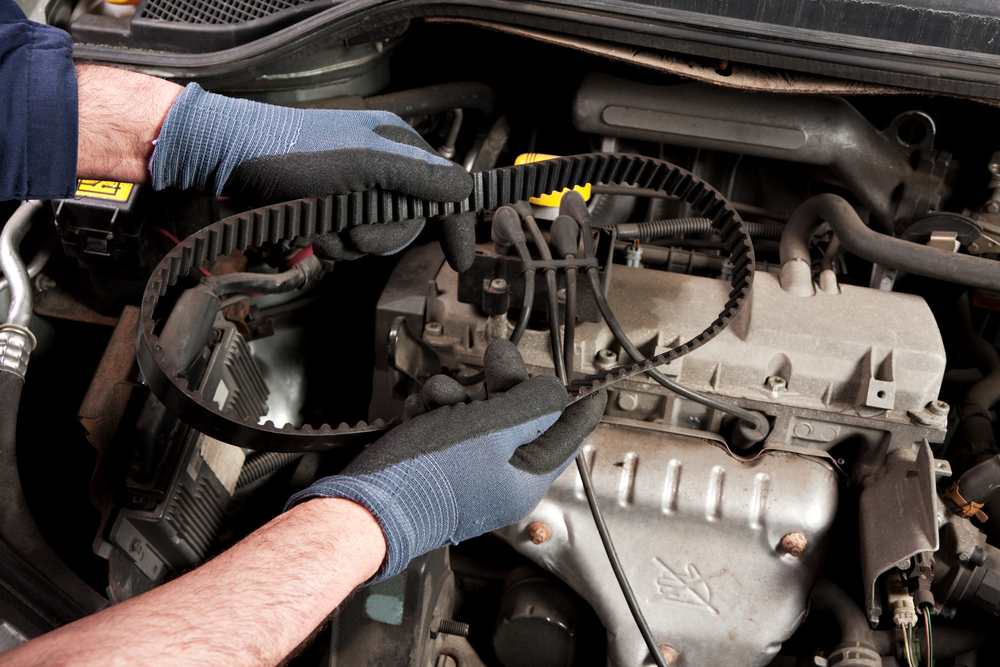Decoding the Significance of Timing Belts: A Comprehensive Guide to Their Replacement – Ford of Murfreesboro

Ford of Murfreesboro extends a warm welcome to you, serving as a reliable hub for all your Ford vehicle requirements in Murfreesboro, Tennessee. As a committed Ford dealership, we emphasize the upkeep and durability of your vehicle. A key element of your Ford’s engine system, often overlooked but vital to its functioning, is the timing belt. Also referred to as a camshaft drive belt, it aligns the rotation of the engine’s camshaft and crankshaft, guaranteeing accurate timing of the engine’s valves. In this detailed guide, we’ll delve into the role of a timing belt, its necessity, and the appropriate time for its replacement to maintain your Ford’s smooth operation.
At Ford of Murfreesboro, we recognize the importance of routine maintenance in maintaining the performance and dependability of your Ford vehicle. As your automotive ally, we are dedicated to offering you insightful information and professional guidance to ensure your driving experience remains unparalleled. Let’s examine the specifics of timing belts, their role, and the significance of prompt replacement to evade expensive repairs and guarantee the durability of your Ford engine.
Deciphering the Role of a Timing Belt:
The timing belt is an essential part of your Ford’s engine system, tasked with aligning the rotation of the camshaft and crankshaft. This alignment guarantees that the engine’s valves open and close at the right moments during the intake and exhaust strokes, facilitating proper combustion and efficient engine functioning. In essence, the timing belt manages the timing of the engine’s internal components, enabling smooth and dependable performance.
The Necessity of Timing Belt Replacement:
With time, the timing belt can degrade due to wear and tear, exposure to heat and contaminants, and age. A worn or damaged timing belt can result in disastrous engine failure if it snaps while the engine is operational. Besides engine failure, a broken timing belt can inflict considerable damage to other engine components, leading to expensive repairs. Therefore, prompt replacement of the timing belt is vital to prevent such problems and ensure the continuous operation of your Ford vehicle.
When Should the Timing Belt Be Replaced?
The interval for timing belt replacement varies based on factors such as your Ford’s make and model, the kind of engine it possesses, and the manufacturer’s recommendations. Generally, timing belt replacement is usually suggested between 60,000 to 100,000 miles or every 5 to 7 years, whichever occurs first. However, it’s crucial to refer to your Ford owner’s manual or our service experts for specific recommendations tailored to your vehicle.

FAQ Section:
Q1: What are the indications that my Ford’s timing belt requires replacement?
A: Typical indications of a worn or failing timing belt include engine misfires, unusual noises like squealing or rattling from the engine, visible wear or cracking on the belt, and difficulty in starting the engine. If you observe any of these symptoms, it’s recommended to have your timing belt inspected and replaced if necessary.
Q2: Can a broken timing belt harm my Ford’s engine?
A: Yes, a broken timing belt can inflict significant damage to the engine, including bent valves, damaged pistons, and in severe cases, total engine failure. Neglecting timing belt maintenance or driving with a worn timing belt heightens the risk of engine damage and costly repairs.
Q3: Is it feasible to visually inspect the timing belt to determine if it needs replacing?
A: While visual inspection may reveal apparent signs of wear or damage, it’s not always adequate to accurately determine the condition of the timing belt. Internal wear or damage may not be visible without disassembly. Therefore, it’s best to have your timing belt inspected by our certified technicians to assess its condition accurately.
Q4: Can I replace the timing belt myself, or should I have it replaced by a professional?
A: Timing belt replacement necessitates specialized tools and expertise to ensure proper installation and alignment. While some experienced DIY enthusiasts may attempt timing belt replacement themselves, it’s generally advised to have it done by our certified technicians at Ford of Murfreesboro to avoid potential issues and ensure reliable performance.
Q5: Are there any performance benefits to replacing my Ford’s timing belt earlier than recommended?
A: While replacing the timing belt earlier than recommended may provide peace of mind, it’s generally unnecessary and may not offer significant performance benefits. Adhering to the manufacturer’s recommended maintenance schedule ensures optimal performance and reliability while avoiding unnecessary expenses.
Q6: Can I replace the timing belt tensioner and other related components during timing belt replacement?
A: Yes, it’s recommended to replace the timing belt tensioner, idler pulleys, and other related components whenever the timing belt is replaced. These components play a vital role in ensuring proper belt tension and alignment, contributing to the durability of the timing belt system.
Q7: Does Ford of Murfreesboro use genuine Ford OEM timing belts for replacements?
A: Yes, at Ford of Murfreesboro, we use genuine Ford OEM timing belts and adhere to manufacturer-recommended procedures for timing belt replacements. Our certified technicians possess the expertise and tools necessary to perform precise installations and ensure optimal performance for your Ford vehicle.
Q8: How does Ford of Murfreesboro ensure quality timing belt replacements for my Ford?
A: At Ford of Murfreesboro, we prioritize quality and precision in every timing belt replacement. Our certified technicians follow manufacturer-recommended procedures and use genuine Ford OEM parts to ensure the reliability and durability of your Ford’s timing belt system. Additionally, we perform thorough inspections and testing to verify proper installation and operation, providing you with peace of mind and confidence in your vehicle’s performance.
Conclusion:
In conclusion, the timing belt is a vital component of your Ford’s engine system, tasked with aligning the rotation of the camshaft and crankshaft to ensure proper engine operation. Prompt replacement of the timing belt is crucial to prevent expensive repairs and evade the risk of engine damage or failure. At Ford of Murfreesboro, we comprehend the importance of regular maintenance in preserving the performance and reliability of your Ford vehicle.
Our certified technicians are here to offer expert timing belt replacement services tailored to your Ford’s specific needs, using genuine Ford OEM parts and adhering to manufacturer-recommended procedures. Schedule a service appointment with us today and experience the difference at Ford of Murfreesboro, where excellence meets automotive service excellence. Let us assist you in keeping your Ford running smoothly for miles to come.




